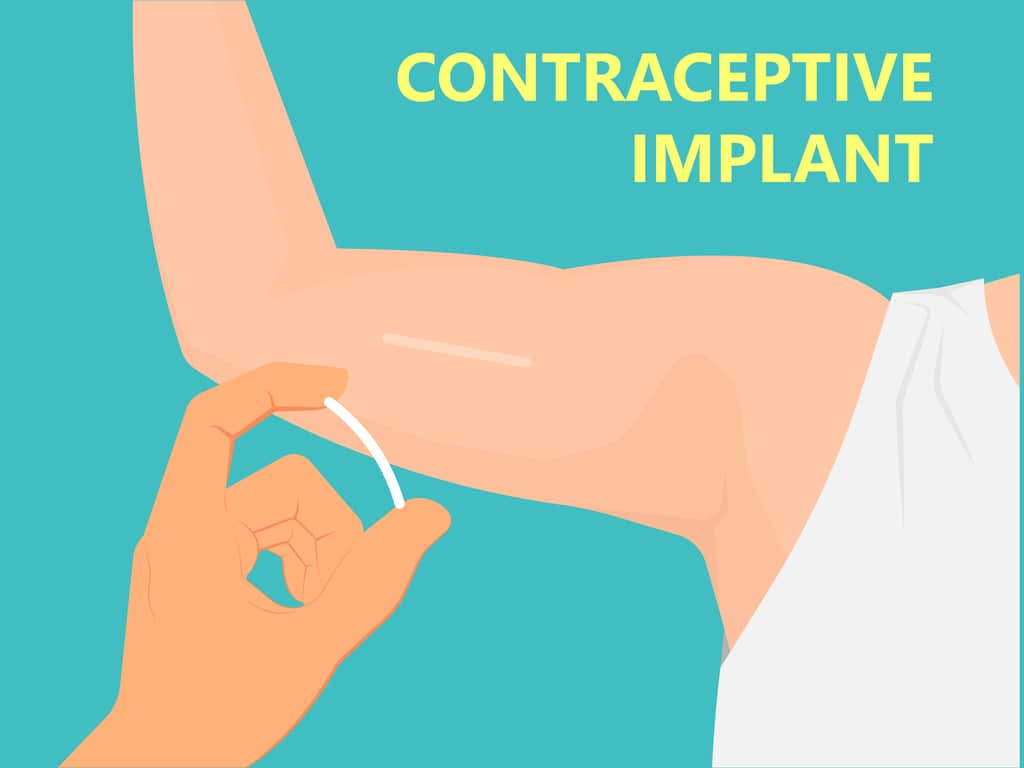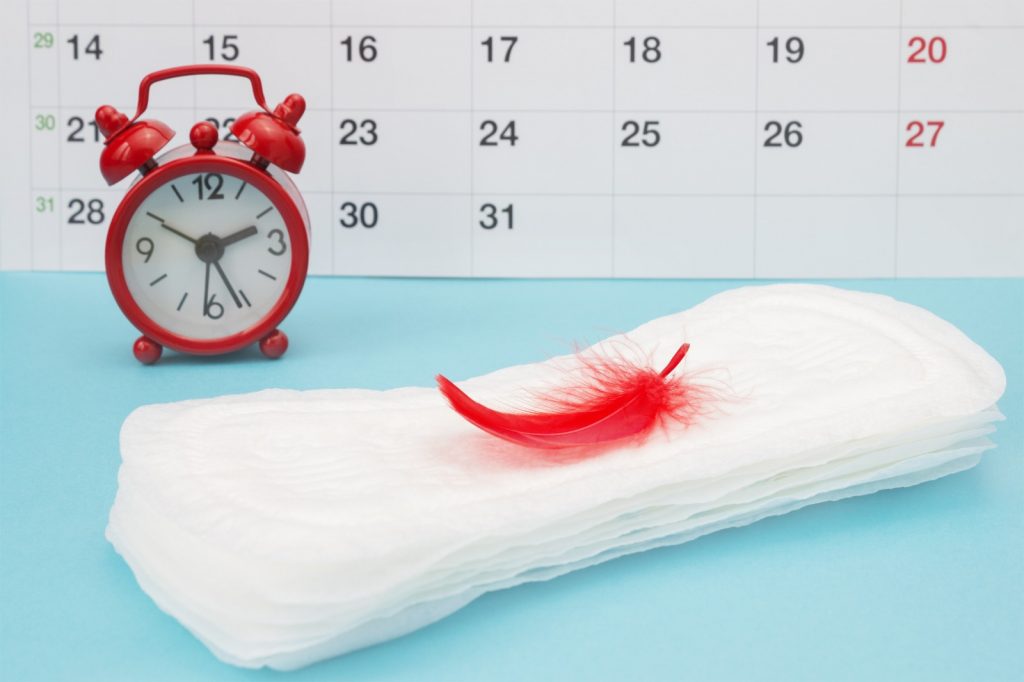
Nexplanon Birth Control Implant
Birth Control Implant | Nexplanon | Risks And Side Effects.
Its long duration of action, its ease of use and its discretion, make the Nexplanon ® implant an ideal contraceptive method for many women tired of taking a daily pill or having contraindications to other contraceptives. However, some women do experience side effects that can be bothersome.
The Nexplanon Contraceptive Implant: What Is It Exactly?
The contraceptive implant (marketed as Nexplanon®) is a hormonal contraceptive method available since 2001.
It is a cylindrical stick 4 cm in length and 2 mm in diameter (the size of a matchstick) inserted under the skin of the arm by a doctor, gynecologist or midwife, under local anesthesia. Once in place, the implant continuously releases a progestin that provides protection for 3 years. Finally, the implant can be removed as soon as the woman wishes (always by a professional and under local anesthesia) or replaced by another after a maximum of 3 years.

The Nexplanon Contraceptive Implant
What Are The Side Effects Of The Nexplanon Implant?
The implant can have side effects that are the same as the pills. So some women can:
-Having acne: but the use of an implant does not prevent acne from being treated effectively.
-Have breast tension: swollen breasts, tense, sometimes hypersensitive and painful.
-Have vaginal infections;
-Have headaches
-Gain weight: the women most affected are those who are overweight. If you weigh more than 80 kilos, the implant should be changed earlier (after 24 to 30 months, not 3 years).
Note: the placement of a contraceptive implant is contraindicated in cases of hepatic insufficiency, phlebitis, pulmonary embolism and unexplained vaginal bleeding.

Contraceptive Implant And Menstrual Cycles
Changes in Menstrual Cycles
The placement of an implant can disrupt the menstrual cycle, one in two women would be affected. Thus in some women:
-The menstrual cycle disappear during the use of the implant.
-Menses are irregular or less frequent.
-The menstrual cycle is much shorter (less than a day) or on the contrary longer (ten days).
Women using the implant should therefore expect changes to the menstrual cycle. Bleeding can also occur (especially the first 6 months after implant placement). So it is important to inform women well of these changes which can be embarrassing.
Less Frequent Side Effects of The Nexplanon Implant
Other side effects affect up to one in ten women: hair loss, dizziness, depressed mood, emotional instability, nervousness, decreased sex drive, increased appetite, abdominal pain, nausea, gas in the stomach and bowel, painful menstruation, weight loss, flu-like symptoms, pain, fatigue, hot flashes, pain at implant site, reaction at implant site, ovarian cyst.

Nexplanon 68 mg Etonogestrel
A Contraceptive Under Close Surveillance
If it is incorrectly inserted, there is a risk of the implant moving in the pulmonary artery and of neurovascular damage. This kind of disorder can be manifested by tingling or sensitivity disturbances in the hand.
We suggest all women with a Nexplanon contraceptive implant to check, twice a month, through “a delicate palpation” that they can feel the implant at the place of initial placement and if not, consult immediately.
Dr James S Pendergraft | Orlando Women’s Center


Leave a Reply